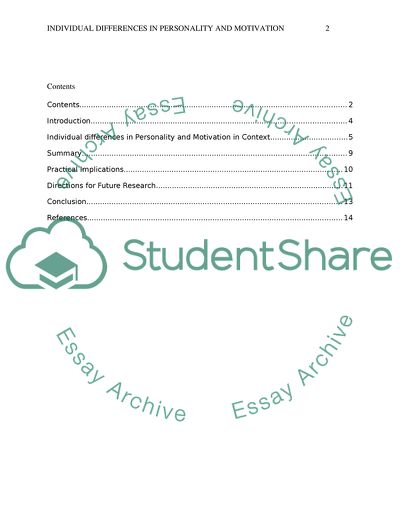Cite this document
(Individual Differences in personality and motivation: 'Non-cognitive' Term Paper - 1, n.d.)
Individual Differences in personality and motivation: 'Non-cognitive' Term Paper - 1. Retrieved from https://studentshare.org/psychology/1788050-individual-differences-in-personality-and-motivation-non-cognitive-determinants-of-cognitive-performance
Individual Differences in personality and motivation: 'Non-cognitive' Term Paper - 1. Retrieved from https://studentshare.org/psychology/1788050-individual-differences-in-personality-and-motivation-non-cognitive-determinants-of-cognitive-performance
(Individual Differences in Personality and Motivation: 'Non-cognitive' Term Paper - 1)
Individual Differences in Personality and Motivation: 'Non-cognitive' Term Paper - 1. https://studentshare.org/psychology/1788050-individual-differences-in-personality-and-motivation-non-cognitive-determinants-of-cognitive-performance.
Individual Differences in Personality and Motivation: 'Non-cognitive' Term Paper - 1. https://studentshare.org/psychology/1788050-individual-differences-in-personality-and-motivation-non-cognitive-determinants-of-cognitive-performance.
“Individual Differences in Personality and Motivation: 'Non-cognitive' Term Paper - 1”. https://studentshare.org/psychology/1788050-individual-differences-in-personality-and-motivation-non-cognitive-determinants-of-cognitive-performance.


